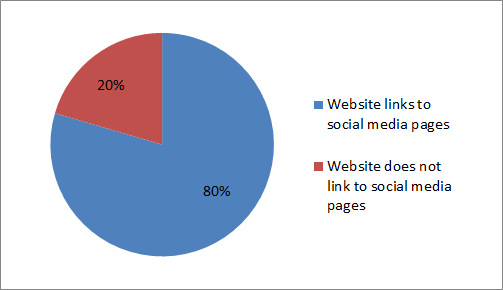Review of a sample of public entities' Facebook pages
In April 2013, we reviewed a sample of public entities' Facebook pages. Our objective was to see how many public entities had Facebook pages, and whether entities were making best use of them. We randomly selected a sample of 78 public entities, which included central government, local government, State-owned enterprises, tertiary education institutes, and Crown research institutes.
Proportion of public entities on Facebook
Around two-thirds (64%) of the entities had a Facebook page, under their own name or a subsidiary name or a function that they were responsible for. For example, the Ministry of Business, Innovation and Employment (MBIE) does not have an MBIE Facebook page, but there are several Facebook pages for different functions of MBIE, such as Consumer Affairs.

Finding the Facebook page
Having an engaging Facebook page is useful only if the public can easily find it. We assessed 89% of the entities' Facebook pages as either easy or very easy to find through Google.
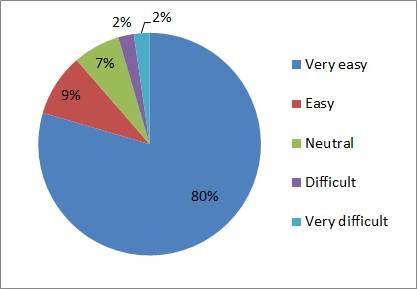
Length of Facebook use
We looked at how long the sample of entities had been using Facebook. All of the entities in our sample began using Facebook between July 2009 and June 2012. The median start date was February 2011.
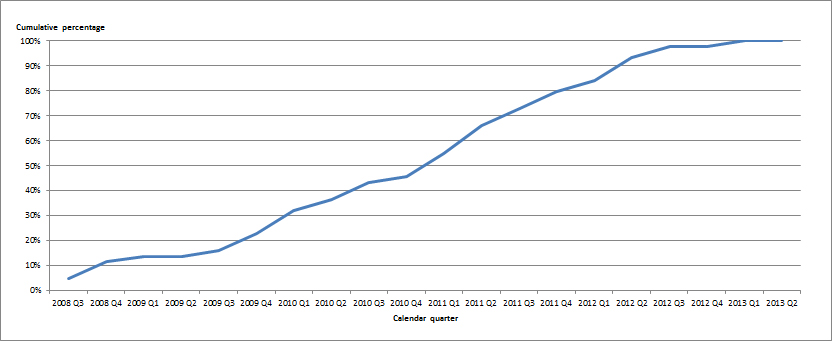
Social media practice
One of social media's characteristics is that the conversation tends to be more immediate. Failure to frequently respond or update can make an entity's social media account look neglected and unprofessional. We found two Facebook pages that appeared abandoned. We came to this conclusion because there was no evidence that posts had been responded to and the latest page content was more than a year old.
We looked for evidence of timeliness. We found that 57% of entities responded to posts within 24 hours. In our view, 24 hours is a reasonably quick response, because many entities monitor their social media accounts only during office hours.
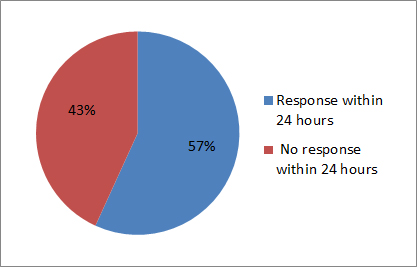
Having up-to-date Facebook page material helps to maximise impact and usefulness. We examined how many entities posted material at least once a week and found that three-quarters (75%) did this.
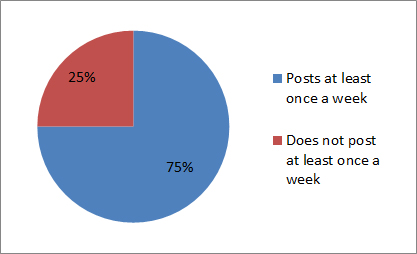
Keeping the quality of content high is an essential factor in maintaining the public's interest in social media. For a Facebook page, there are some recognised techniques to help with this and we looked at how frequently the entities in our sample used some of the more common techniques.
Less interactive techniques, with less potential for conversations, were more common than other techniques. We found that uploading images or video (86%) was the most frequently used technique, followed by posting human-interest stories (82%). Less well used were posting questions to the public (57%) and using humour in posts (34%).
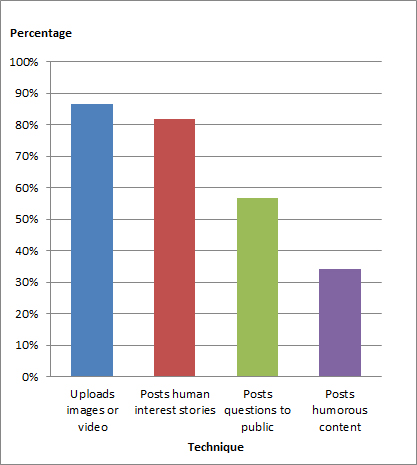
These techniques are not mutually exclusive, so any number can be used at the same time on a Facebook page. We analysed how frequently the entities in our review used multiple techniques. Just over half of the entities (55%) used more than two techniques simultaneously.
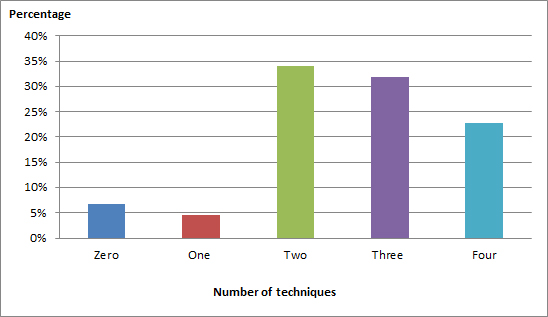
Entities must enable the "comment" and "post" functions on Facebook to ensure that a conversation can take place between themselves and the public. We found that most entities did this: 86% had posting enabled, and 98% had commenting enabled.

Facebook page set up
On a Facebook page, populating the "about" tab with information is important because it can:
- clarify the terms and conditions of use, such as the moderation policy;
- state clearly the entity's purpose for its page; and
- provide an alternative communication channel for the public.
Nearly all the entities in our sample (93%) had a populated "about" tab, but only 86% included contact details.
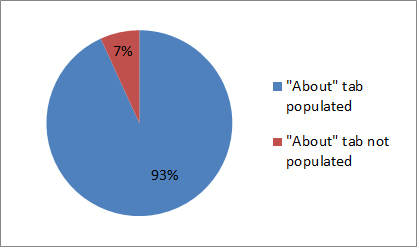
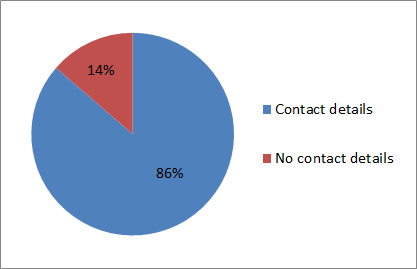
Linking the Facebook page
In our view, it's sensible for entities to link their websites to their social media pages to allow communication across multiple channels. This can be done by, for example, adding social networking buttons to the website. We found that 80% of entities linked their websites to their social media pages.
